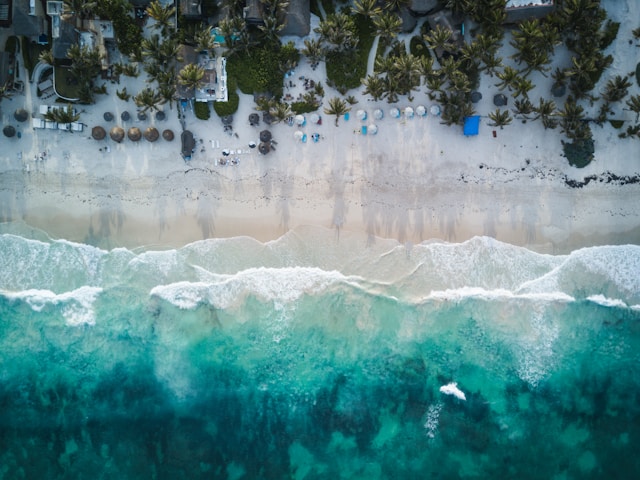Sailing solo along Mexico’s stunning coastline is a thrilling challenge that offers a unique blend of adventure, isolation, and self-reliance. But solo sailing isn’t for the faint-hearted. The sea demands respect, preparation, and an unwavering sense of adaptability. Here’s a guide to help you navigate the seas and shores of Mexico, alone but never unprepared.
Planning and Packing Like a Pro
The old sailing adage goes: “If one anchor is good, two is better.” This maxim applies to every piece of gear on board. From spare water pumps to an extra set of clothes, redundancy is key. That includes planning for food and drink — stock up on non-perishable items that can withstand rough seas and unpredictable weather.
Packing for a solo sailing trip is an art form in itself, especially when sailing to Mexico’s Caribbean coast. The tropical warmth can quickly turn into a cold night at sea. Think in layers, and always pack twice the amount of essentials like foul-weather gear and sun protection.
When considering travel hacks for packing, compact storage solutions are always a good idea. This means making sure that every item has its place and using every inch of your boat efficiently to avoid unnecessary chaos in choppy waters.
The Golden Rule: Prepare for the Worst
Mexico’s coastline can throw surprises your way, from unexpected storms to sudden equipment failures. If you’re unprepared, these moments can turn from inconvenient to life-threatening.
So, reef your sails before the weather turns, not after. And never, ever, relieve yourself over the side of the boat. A mishap here can have deadly consequences. As unglamorous as it sounds, a bucket is your best friend — use it and toss the contents overboard.
Exploring Mexico’s Majestic Coasts
Mexico’s Caribbean coast is a dreamscape of powdery white beaches, aquamarine waters, and ancient ruins. You’ll be navigating waters steeped in history, tracing routes once followed by Spanish explorers and Mayan traders.
The Yucatán Peninsula is a prime starting point, offering everything from quiet anchorages off Isla Mujeres to the bustling port of Cancún. Further south, the Costa Maya promises adventure, with spots like Mahahual offering peaceful harbors and easy access to inland exploration.
The Caribbean side of Mexico is relatively forgiving for solo sailors, with its calm waters and abundance of sheltered bays. But don’t let the calm deceive you—always remain vigilant, as weather conditions can shift rapidly, and reefs, while stunning, can pose navigational challenges.
On the Pacific side, the Baja California peninsula offers rugged beauty and more demanding sailing conditions. La Paz and Cabo San Lucas are popular stops, known for their marine life and vibrant cultures. However, these waters are less forgiving than their Caribbean counterparts, with stronger currents and more variable winds. So, plan your route carefully and make sure that your boat and skills are up to the challenge.
The Mental Marathon
Solo sailing is as much a mental endeavor as it is a physical one. While the sunsets, sunrises, and endless horizons can be awe-inspiring, the isolation can also be overwhelming.
There will be moments of sheer boredom when the winds are calm, and all your books have been read. At other times, the fear will creep in, a constant reminder of your smallness in comparison to the vastness of the ocean. But these are the moments that define solo sailors.
Landfall, after days or weeks at sea, is an emotional experience. Spotting the dark silhouette of an island on the horizon after days of nothing but water is nothing short of magical. There’s a deep sense of accomplishment that comes with it, a gratitude for having made it despite the thousand potential mishaps that could have ended the journey.
The Freedom of the Open Sea
Ultimately, the most important aspect of sailing solo is knowing yourself. As the skipper, navigator, mechanic, and cook, you are the lifeline of your journey. There’s no one to rely on but yourself, which makes preparation and self-awareness all the more crucial. Know your boat inside and out, keep all safety equipments like johnson pump marine intact on the boat, study weather patterns, and practice the skills needed to navigate in case modern technology fails you.

